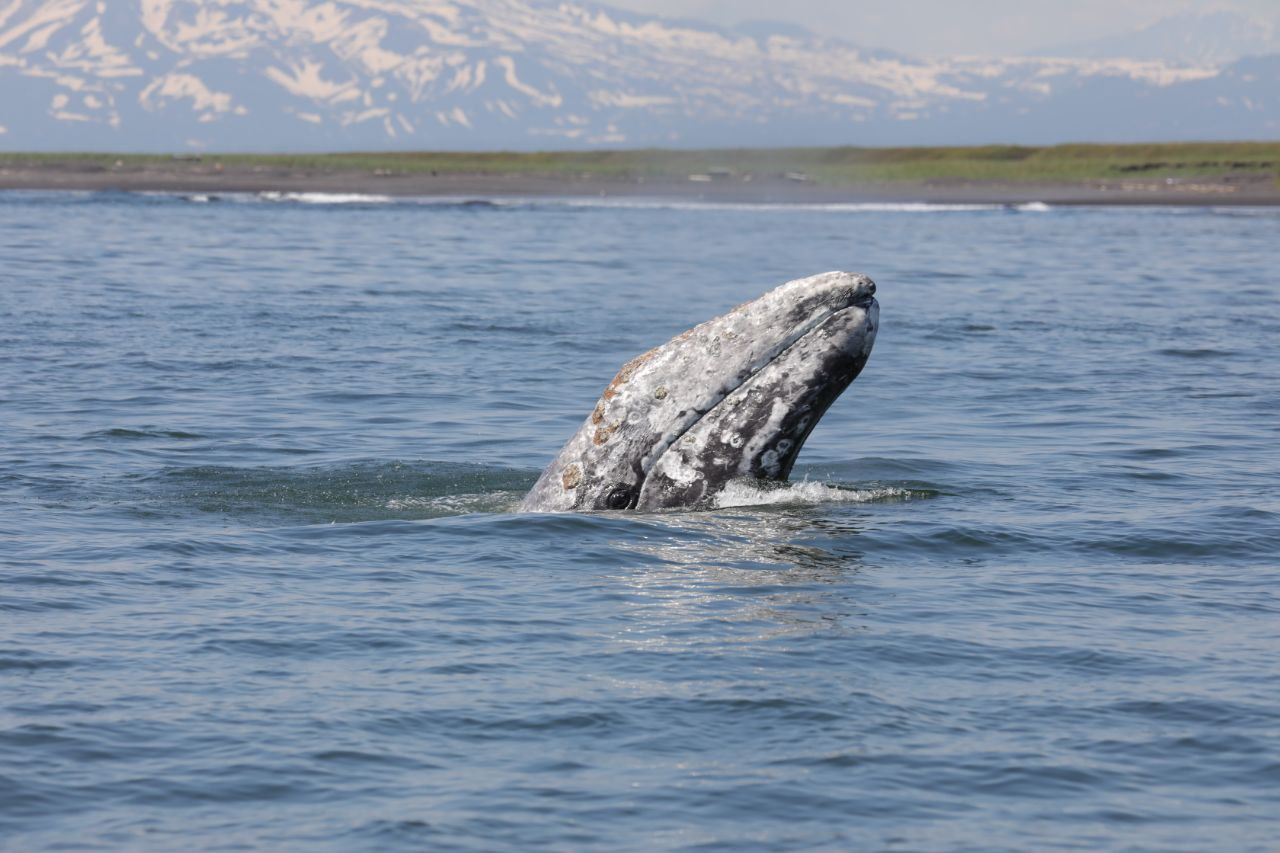
The research is conducted by scientists from the reserve and the A.N. Severtsov Institute of Ecology and Evolution RAS. The main goals of the scientific program are to assess the importance of the Kamchatka feeding area for gray whales, to study the number, sex and age composition of the feeding group of Red Book animals in Kronotsky Bay and their relationship with relatives in the waters of Sakhalin. All this will help in the future to develop additional recommendations for the conservation of unique marine mammals and their habitat.
The expedition of employees of the Kronotsky Nature Reserve to research gray whales is carried out with the support of PJSC NOVATEK. This year, specialists from the environmental organization have already worked in Kronotsky Bay, one of the feeding areas of gray whales, from the end of May to the end of August. They plan to continue research in October-November, when the migration of whales from feeding grounds to breeding grounds begins.
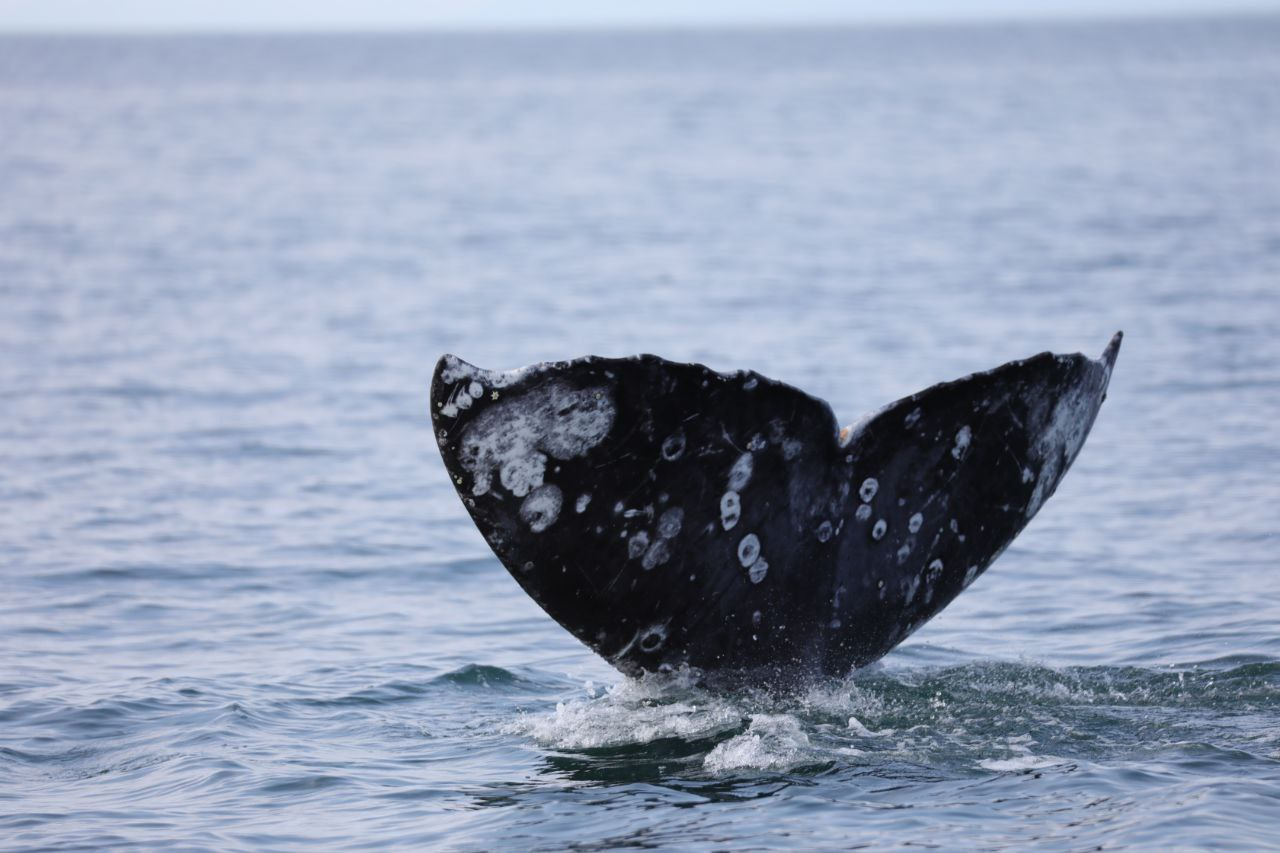
“As we expected, at the beginning of summer many gray whales transited through the waters of Kronotsky Bay without stopping. We noted about 40 such individuals. It is likely that their main feeding grounds are located in the waters of Sakhalin. Others stayed for a while, fed and continued on their journey. And about 15 whales spent the entire summer in the bay, and almost all of these animals spent just as long here last year. Presumably, Kronotsky Bay is a significant feeding area for a small group of gray whales with a more or less constant composition,” said Evgenia Volkova, a researcher at the Kronotsky Nature Reserve and a marine biologist.
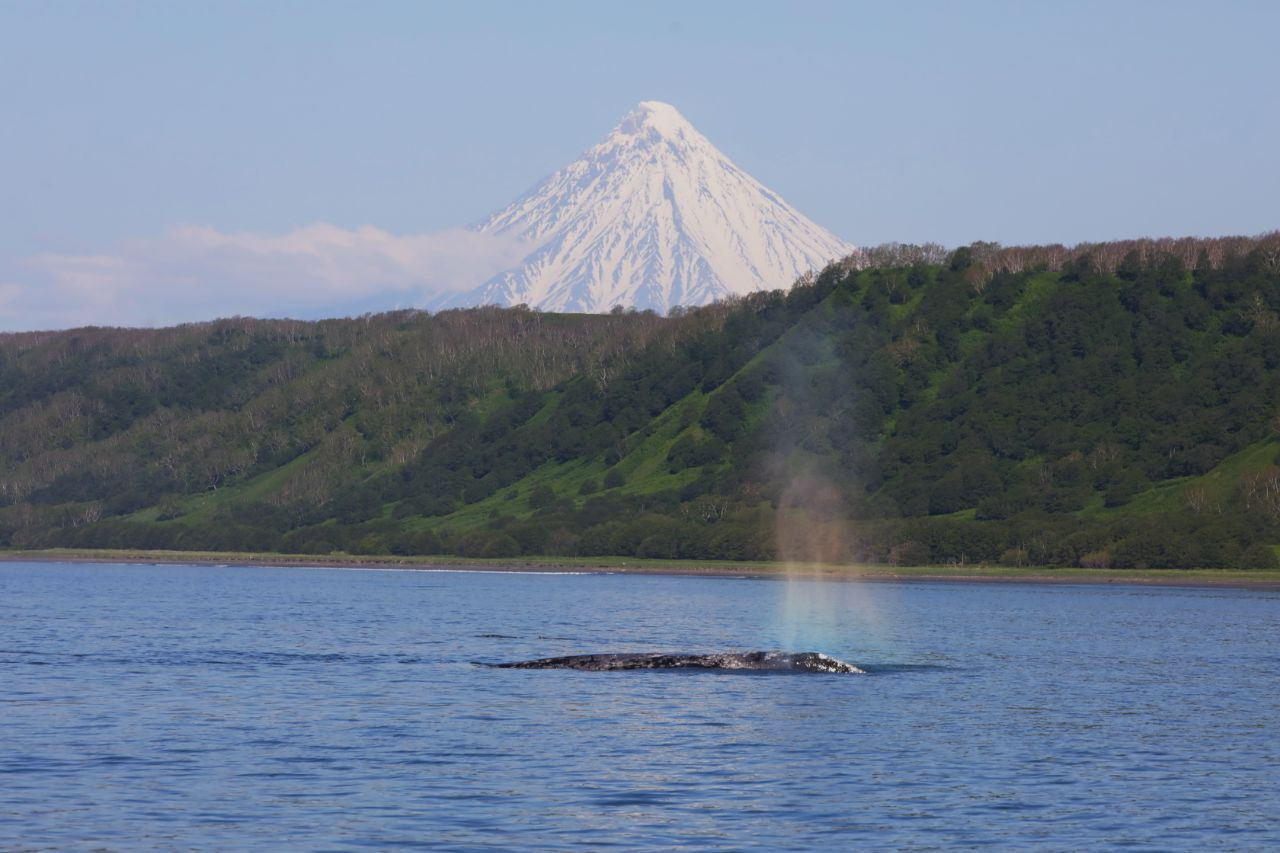
In September, scientists from the Institute of Ecology and Evolution of the Russian Academy of Sciences joined the research and began studying the feeding group of gray whales in the summer of 2022.
“This year we are working not only in Olga Bay. We traveled from Utashud Island in the South Kamchatka Federal Nature Reserve to the Chazhma River in the Kronotsky Nature Reserve. Along the way we saw gray and humpback whales, killer whales, sea lions and sea otters, as well as porpoises. Currently, the main focus is on photo identification of gray whales. So far, we have seen 23 gray whales, 12 of which were in Olga Bay last year. According to first impressions, there are fewer whales this year. But this is no reason to panic. The whales are probably looking for food in other places. Let’s see what the final results of the joint work with the reserve will give,” said Matvey Mamaev, head of the expedition, leading engineer of the Institute of Ecology and Evolution of the Russian Academy of Sciences.
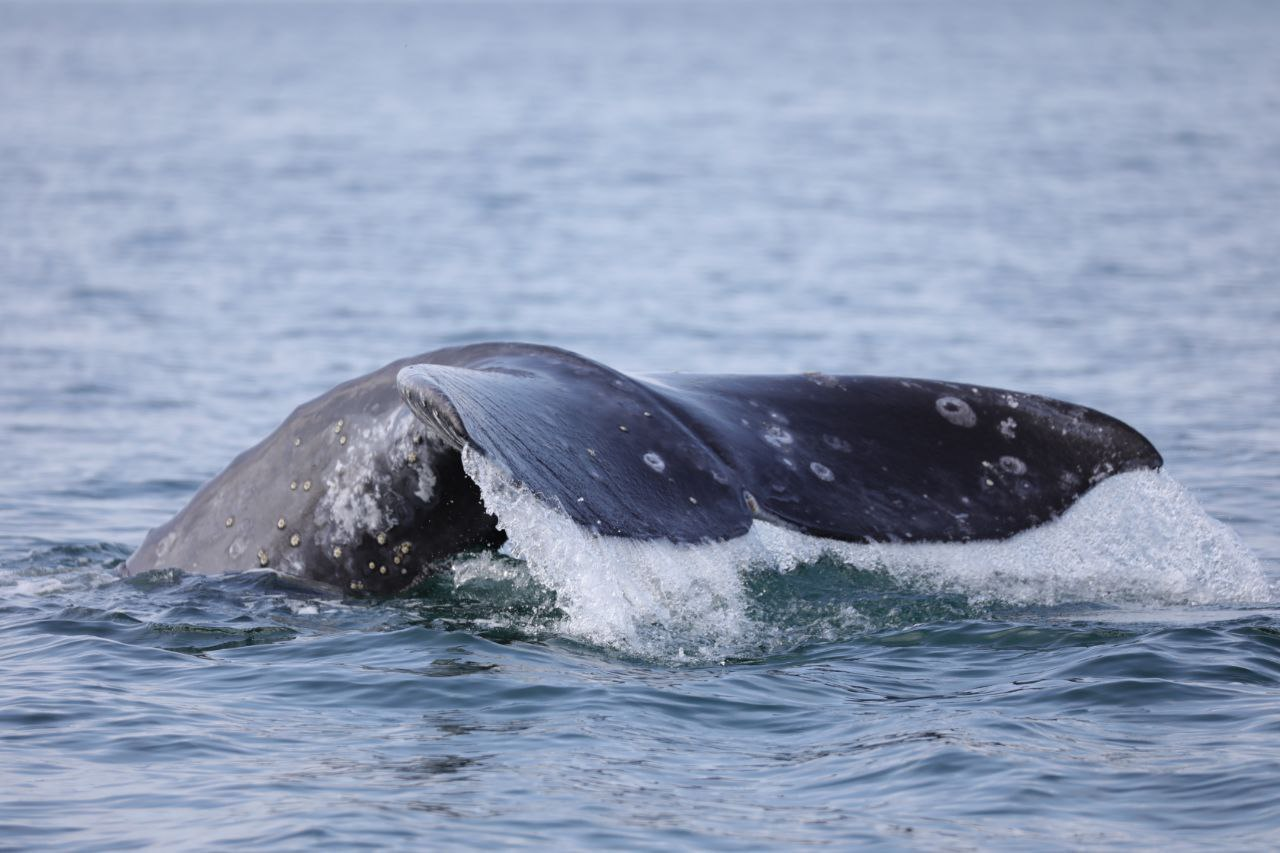
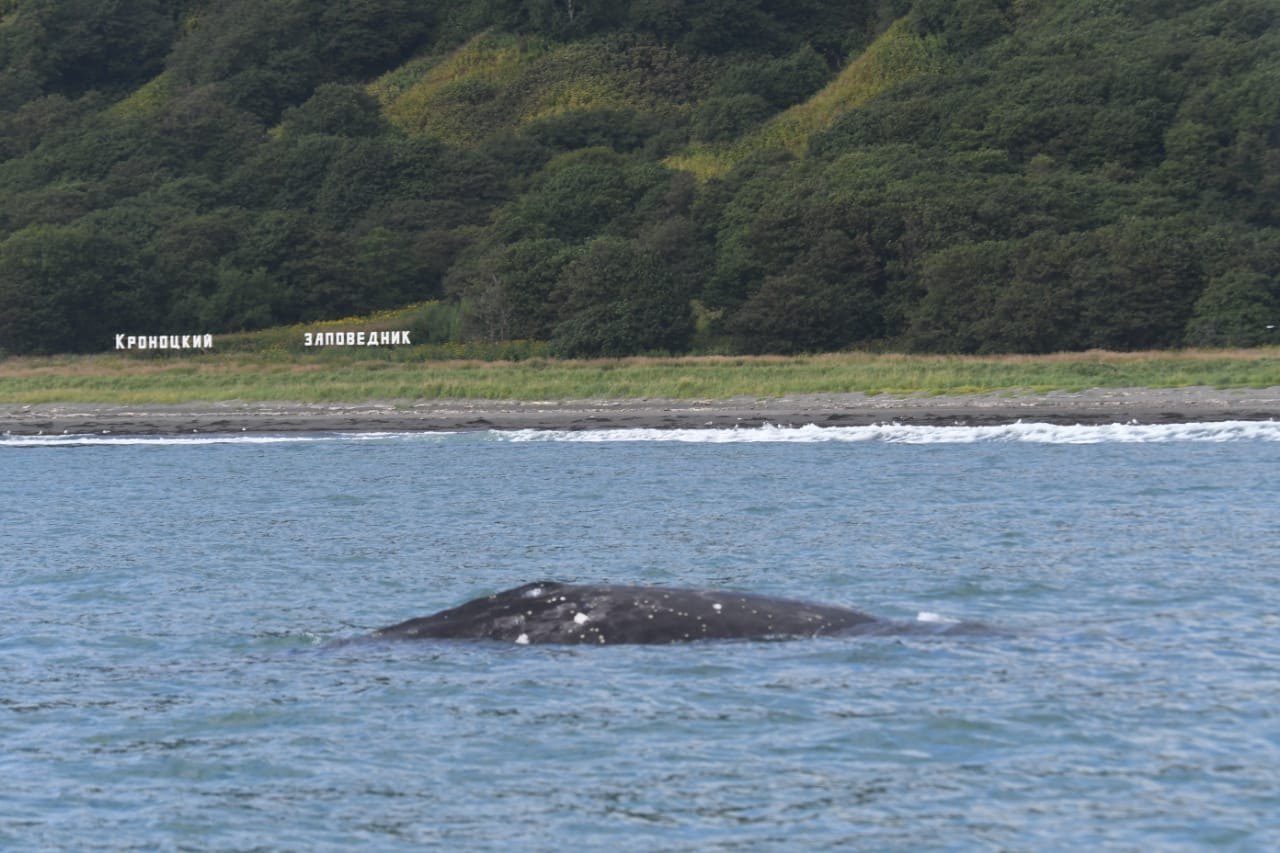

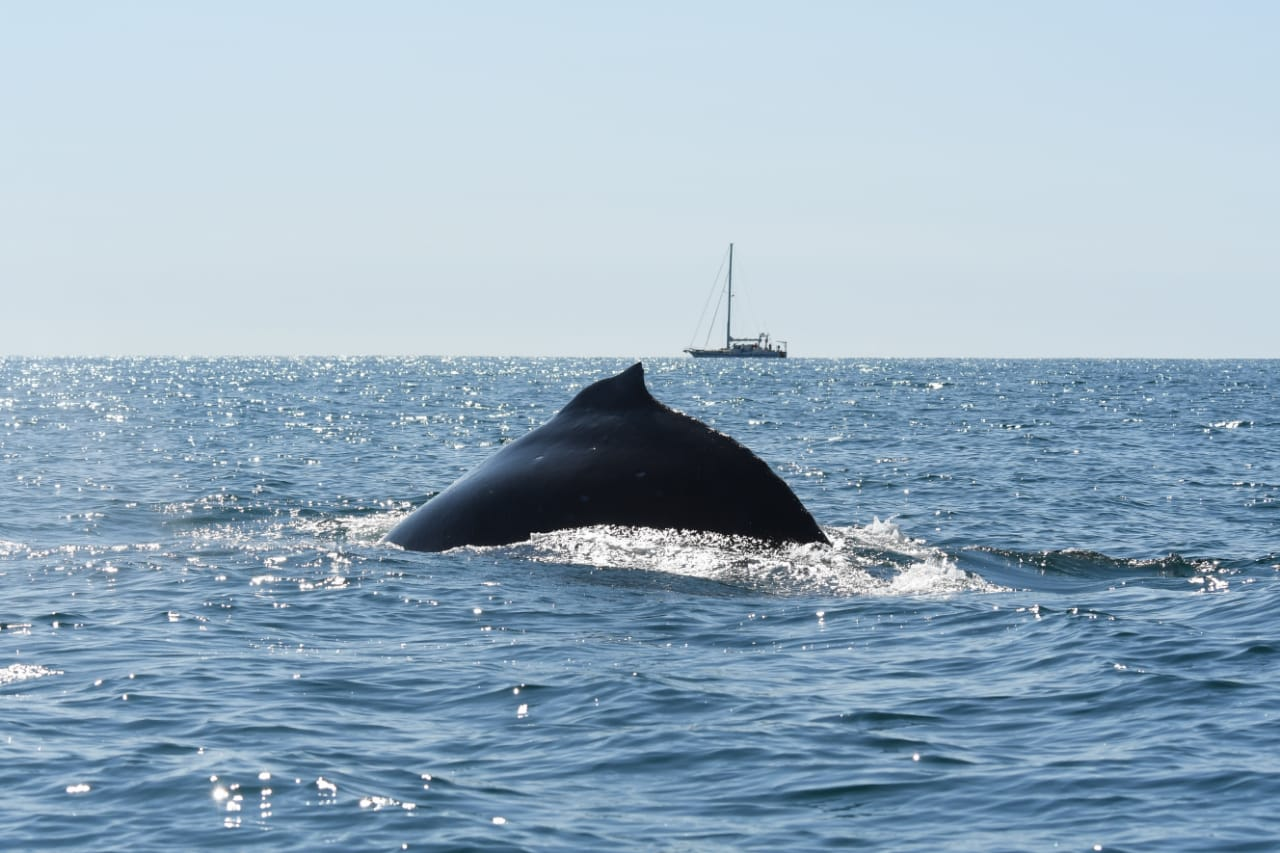
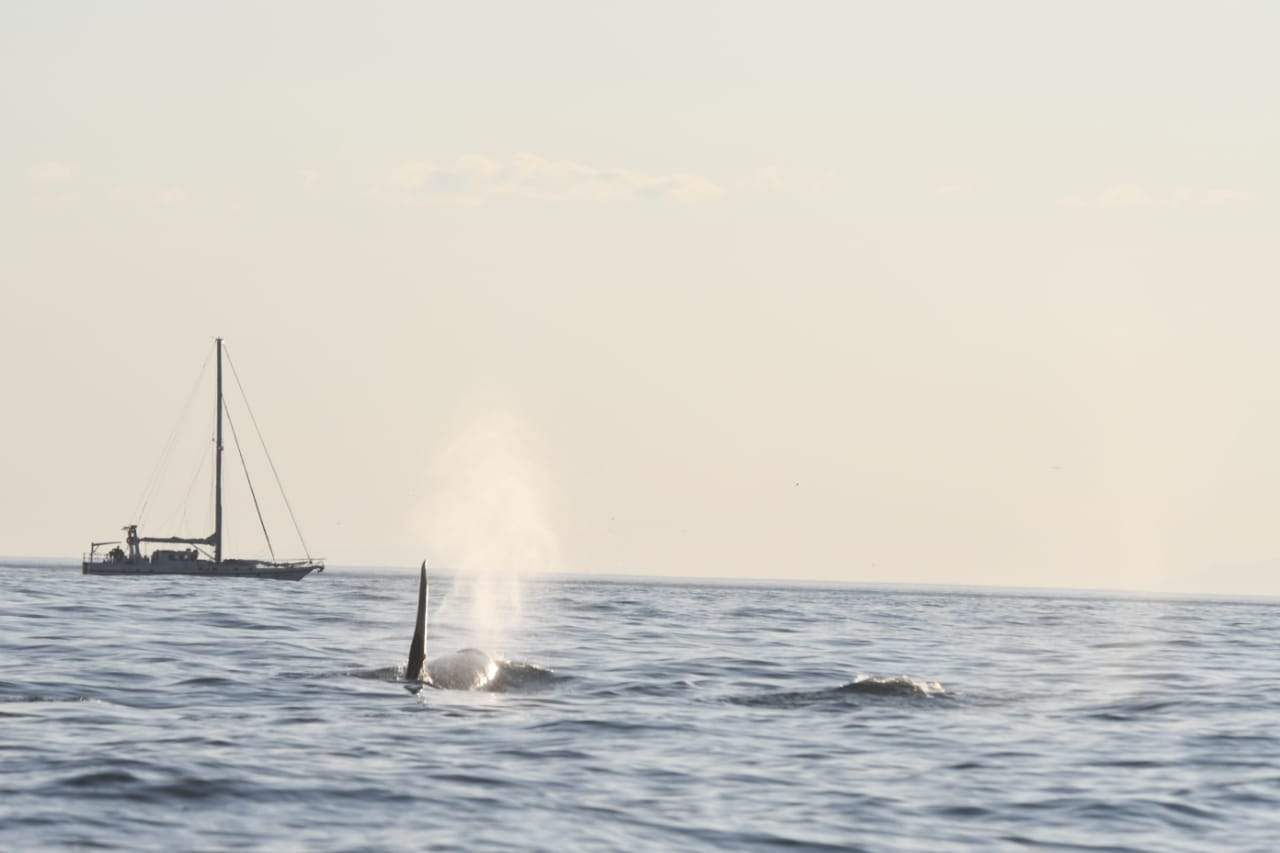
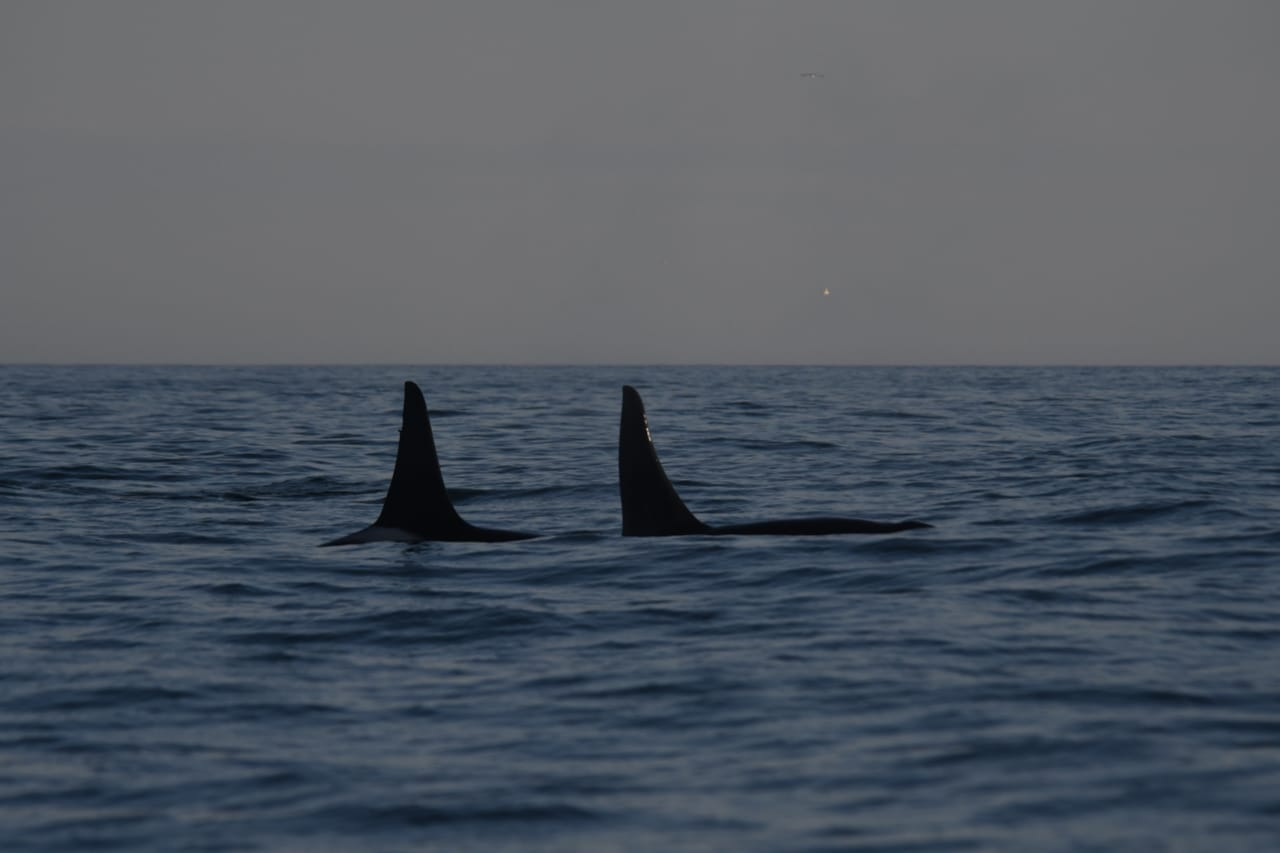
Photos: Evgenia Volkova and employees of the Institute of Ecology and Evolution of the Russian Academy of Sciences.
The news was delivered by employees of the Kronotsky Nature Reserve
Related materials:
